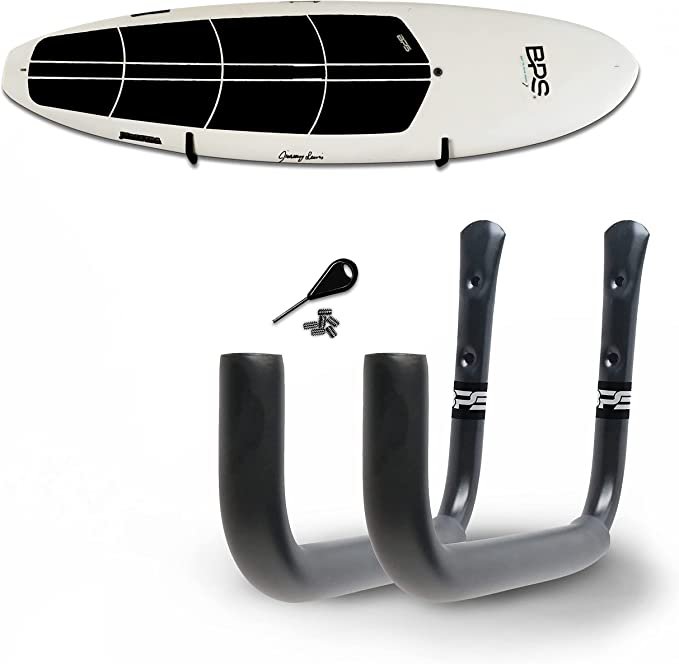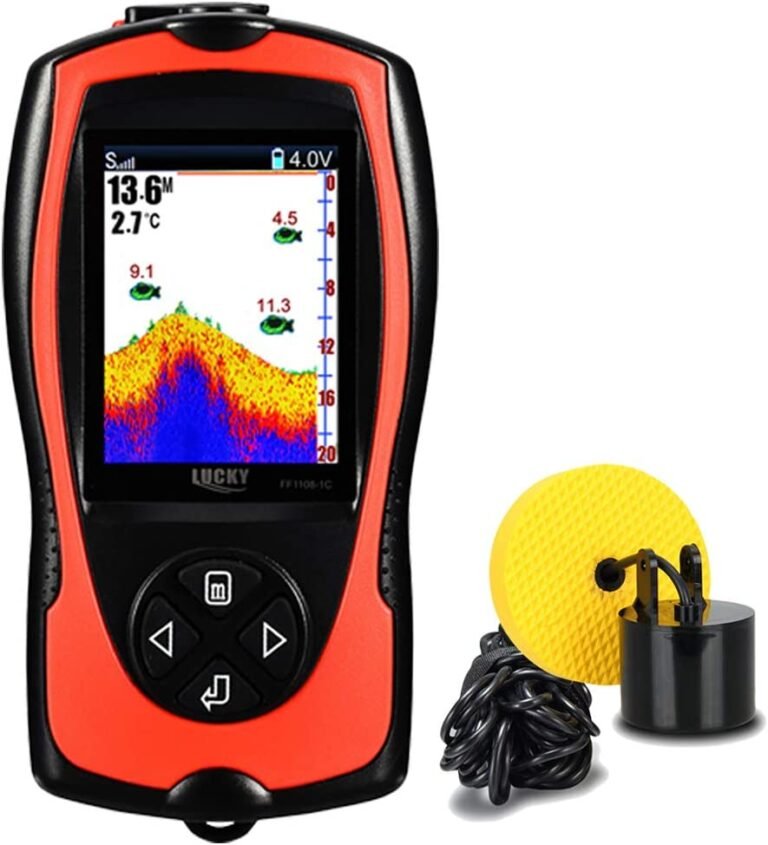What Is The Smallest Inflatable Kayak?

An inflatable kayak, as the name suggests, is a kayak that can be inflated and deflated at will. These kayaks are typically made of durable materials such as PVC or Hypalon and feature multiple air chambers for added safety.
What Is The Smallest Inflatable Kayak on the Market?
The smallest inflatable kayak on the market is… drum roll… the Advanced Elements PackLite kayak. This kayak is ultra-compact, lightweight, and eco-friendly. It’s made of PVC-free materials providing compressibility and compactibility.
The folded kayak is 11″ x 11″ x 5″ and weighs only 4 pounds. The material is reinforced, providing durability in a lightweight design. Its 35″ width and three-chamber design provides maximum on-water stability and reliability.
Its twistlok valves and high-flow military-style valves allow for quick setup time. This inflatable kayak comes with a built-in seat for maximum comfort and performance. It allows a max. weight of 250 lbs (113 kg)
Benefits of Small Inflatable Kayaks
Small inflatable kayaks offer a host of advantages that make them an enticing choice for water enthusiasts. Some of these include:
Cost-Effectiveness: Small inflatable kayaks are often more budget-friendly than their hard-shell counterparts. This cost-effectiveness extends beyond the initial purchase to include savings on storage, transportation, and maintenance.
Portability and Ease of Transportation: Unlike their hard-shell counterparts, which often require specialized roof racks or trailers, these compact kayaks can be easily deflated, rolled up, and stowed in the trunk of your car, or even checked as luggage on a flight.
Versatility: Small inflatable kayaks are incredibly versatile and can tackle a wide range of water environments. Their adaptability to various water conditions opens up a world of possibilities for kayakers of all skill levels.
Ease of Storage: One of the most notable advantages of small inflatable kayaks is their minimal storage requirements. Inflatable kayaks deflate to a size that can fit in a closet, under a bed, or even in a corner of your apartment.
Beginner-Friendly: Small inflatable kayaks are renowned for their stability and maneuverability, making them an excellent choice for beginners. The buoyant nature of inflatable kayaks provides enhanced stability on calm waters, allowing novices to build confidence and enjoy a safe paddling experience.
Some Maintenance Tips For Your Inflatable Kayak
Maintaining and caring for your small inflatable kayak is essential to ensure its longevity and optimal performance.
Cleaning and Storing Your Kayak
- Rinse Thoroughly: After each kayaking session, rinse your kayak with fresh water to remove any salt, sand, or debris. Pay close attention to the valves, seams, and inflatable chambers.
- Use Mild Soap: If your kayak is particularly dirty, use a mild soap solution and a soft brush or sponge to gently clean it. Avoid abrasive materials that could damage the kayak’s surface.
- Thoroughly Dry: Allow your kayak to air dry completely before storing it. Ensure that all components, including seats and accessories, are dry to prevent mold and mildew growth.
- Deflate and Fold Carefully: When storing your kayak, deflate it according to the manufacturer’s instructions. Take care to remove all air to prevent stretching or deformation. Fold the kayak neatly, avoiding sharp creases.
- Protect from Sunlight: Store your deflated kayak in a cool, dry place away from direct sunlight. Prolonged exposure to UV rays can damage the material and cause fading.
Repairing and Patching Your Kayak
- Inspect Regularly: Periodically inspect your kayak for signs of damage, such as punctures, tears, or seam separation. Fix any issues promptly to prevent further damage to the kayak.
- Patch Properly: If you find a puncture or tear, use a repair kit specifically designed for inflatable kayaks. Follow the manufacturer’s instructions carefully to ensure a secure and airtight patch.
- Seam Maintenance: Pay special attention to seams, as they can be vulnerable areas. If you notice any separation or damage along the seams, contact the manufacturer or a professional for repair guidance.






